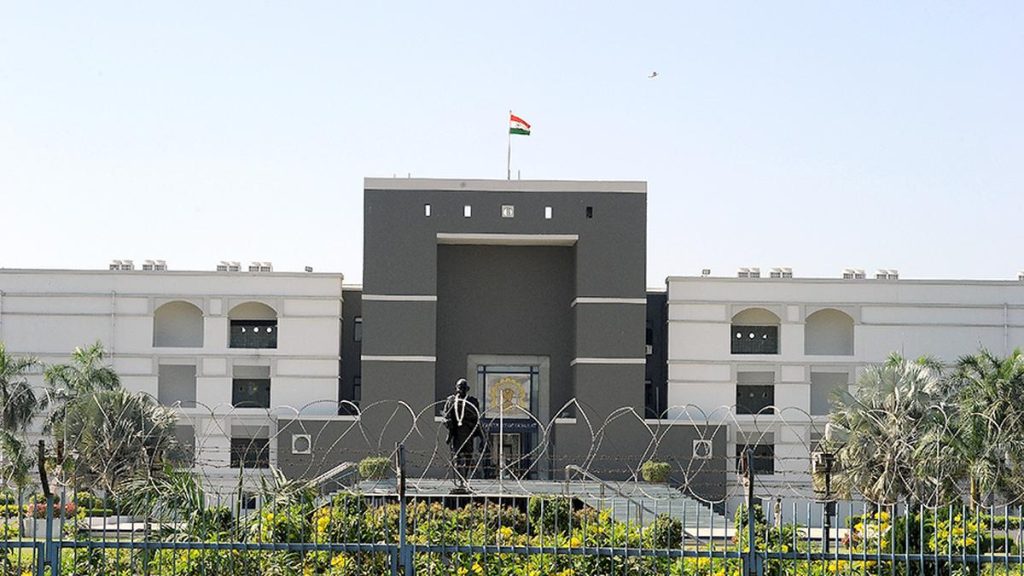Now Reading: How Plants and Microorganisms Help Restore Our Environment
-
01
How Plants and Microorganisms Help Restore Our Environment
How Plants and Microorganisms Help Restore Our Environment

Swift Summary
- Bioremediation uses plants,bacteria,fungi,and other natural processes to clean air,water,and soil polluted due to human activities.
- Techniques include biological carbon capture using microalgae for CO2 sequestration; biofiltration with microorganisms in factories; enzymatic processes targeting industrial pollutants like plastic waste; planting trees and moss species to absorb heavy metals and air pollution.
- Innovations such as “City Trees,” moss-based biotech filters deployed globally (Norway, France, Germany), are equivalent to 275 trees in absorbing CO2 and pollutants.
- Water decontamination employs bioreactors with bacteria/fungi or phytoremediation via reed beds or constructed wetlands managing surface runoff contamination.
- Soil restoration involves mushrooms (mycoremediation) breaking down pollutants or hyperaccumulator plants extracting heavy metals via phytoremediation techniques.
Indian Opinion Analysis
India’s growing environmental challenges call for innovative solutions like bioremediation detailed here. With rising industrial pollution contributing heavily to degraded ecosystems across the country-including contaminated urban air quality hotspots and water bodies-it’s imperative for India’s policymakers and industries to explore biological methods for remediation.The focus on cost-effective approaches such as “City Trees” or algae-based CO2 sequestration aligns well with India’s commitment under international agreements like the Paris Climate Accord. prosperous adoption of these technologies could complement ongoing afforestation drives while tackling localized issues such as urban heat islands and air toxicity.
However, any large-scale implementation would require significant investment in research infrastructure alongside public awareness campaigns that emphasize co-benefits-like soil restoration aiding agriculture-and the integration of emerging bio-solutions into sustainability practices among industries. Bioremediation represents scalability potential but should accompany stronger regulatory frameworks ensuring enduring intervention at a national scale over a reactive-driven model of use
























